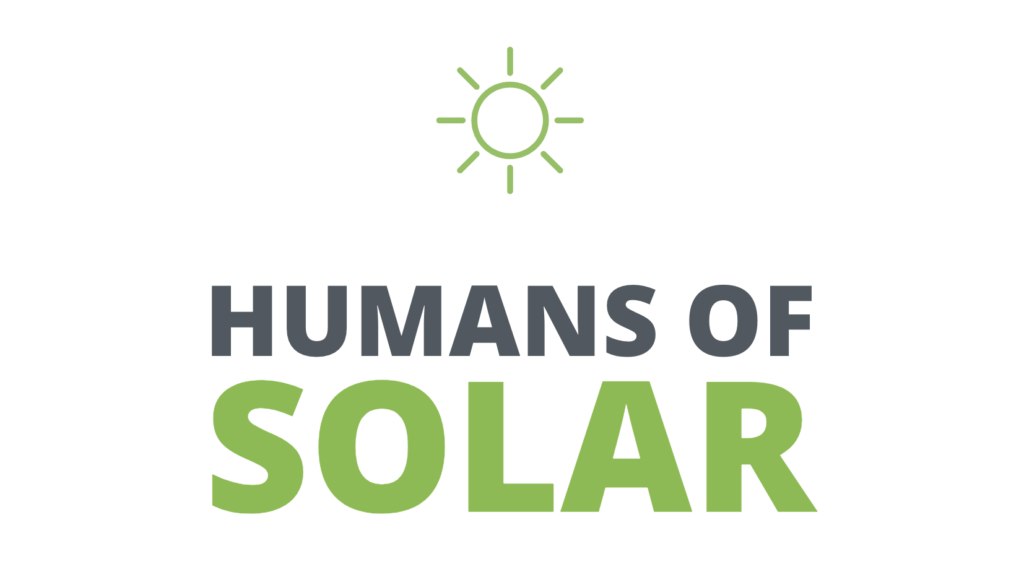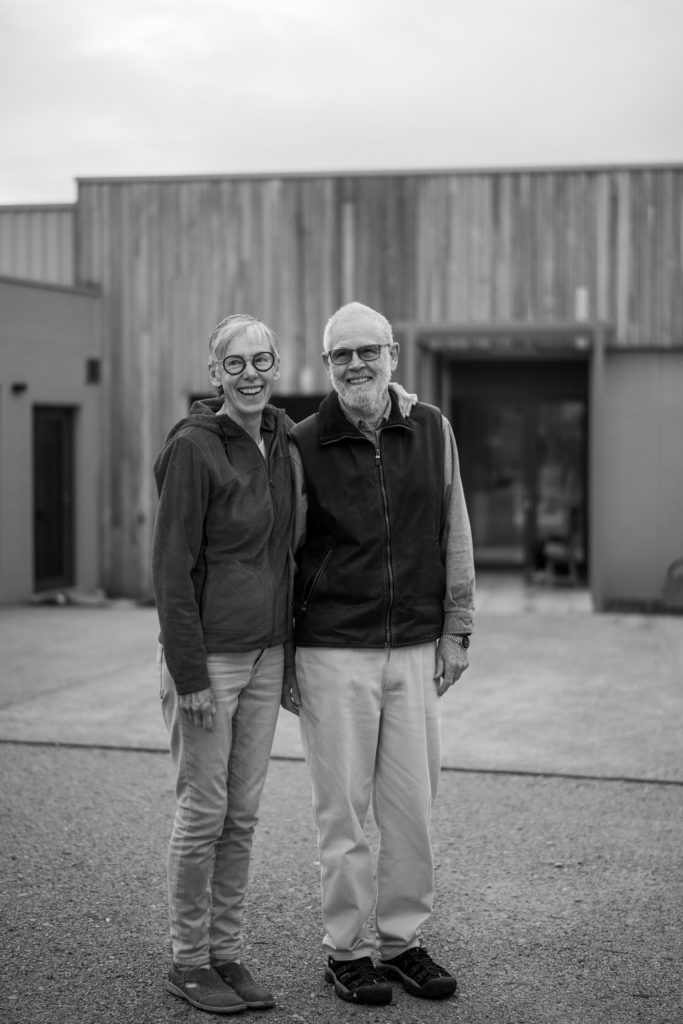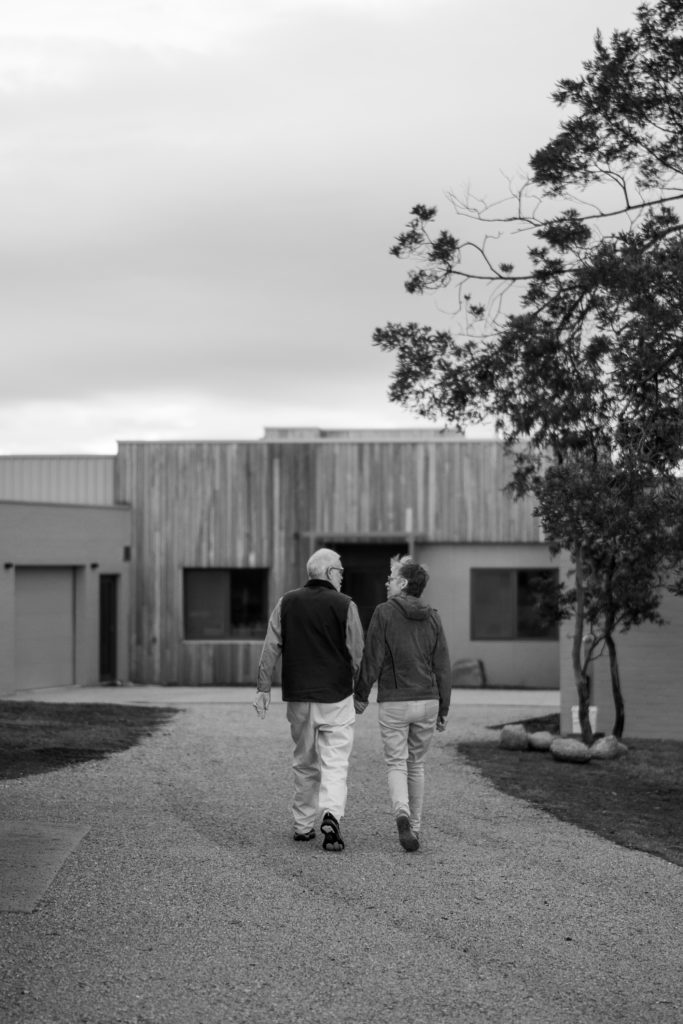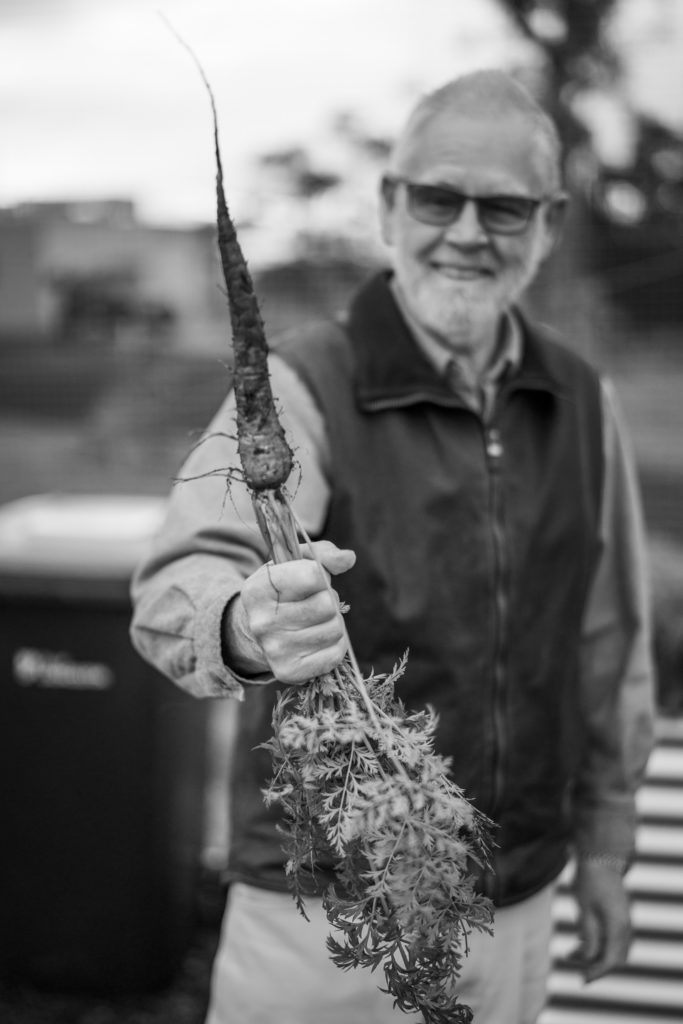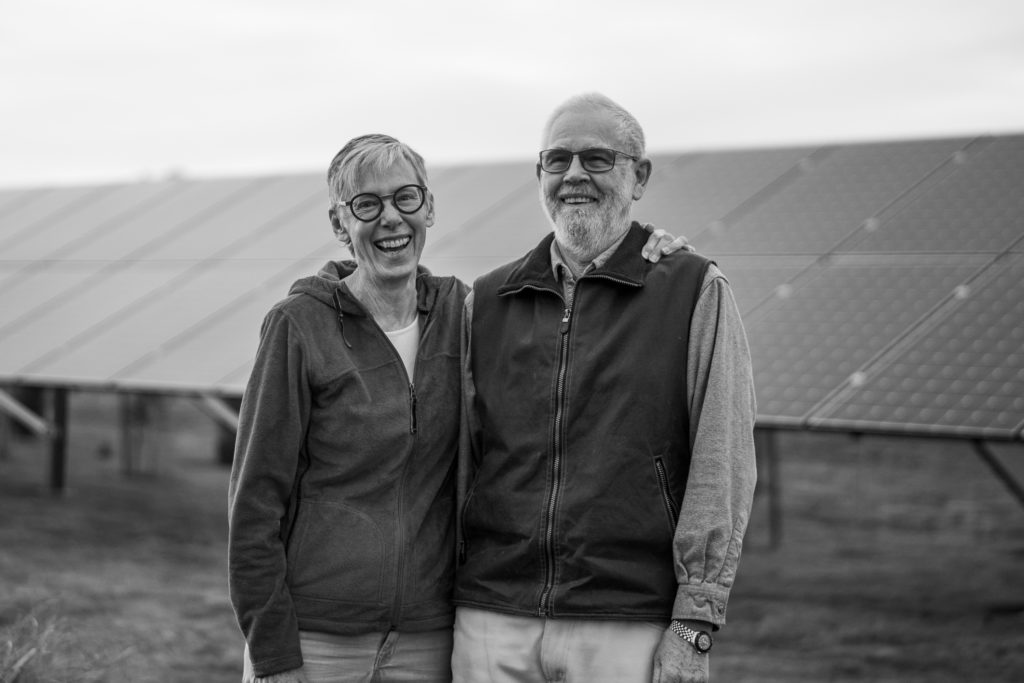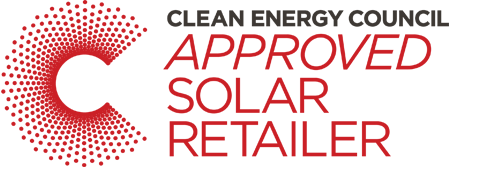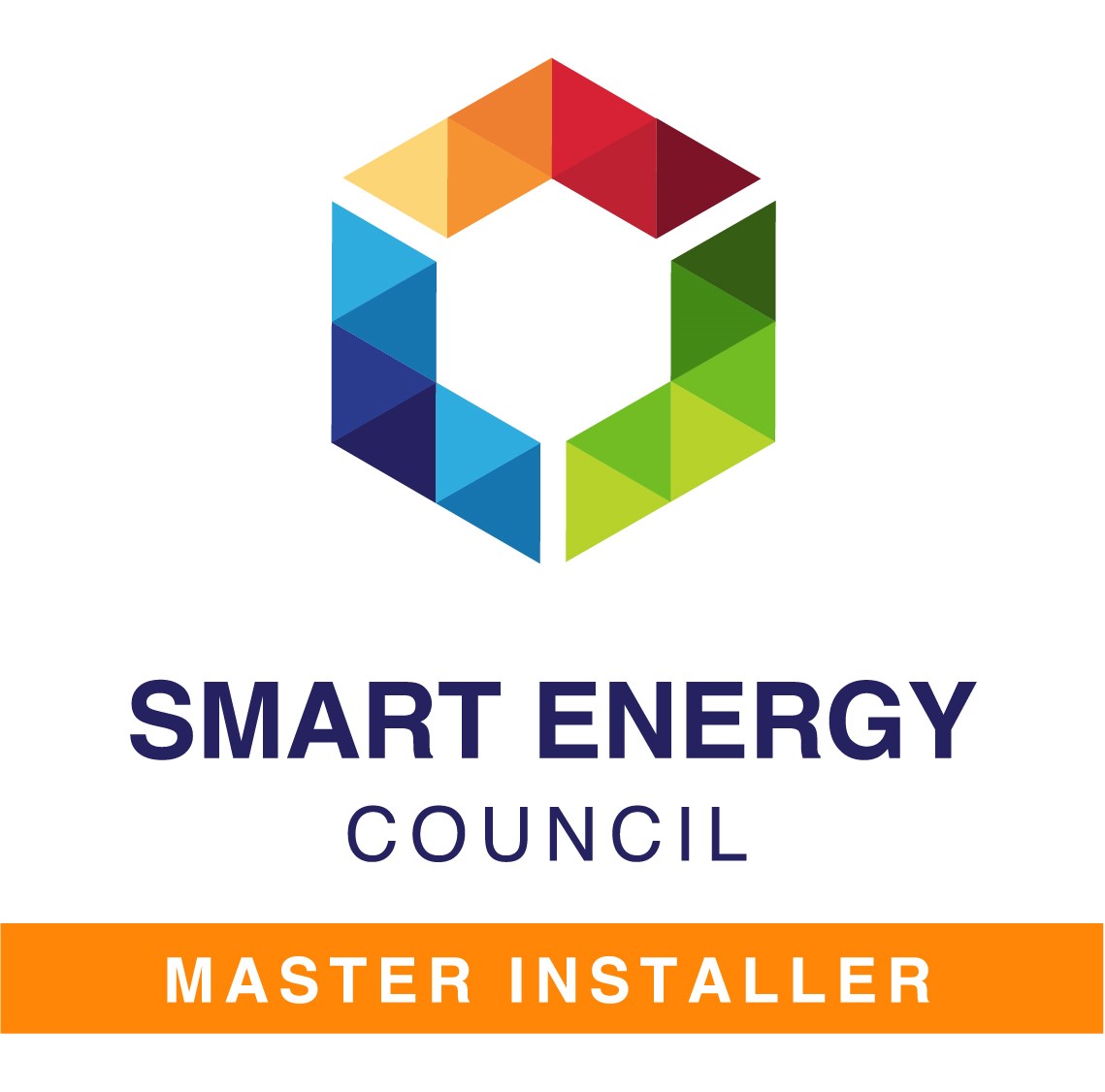Humans of Solar: Josh & Wendy Cocker
21 Sep, 2021
We speak with everyday Tasmanians who are living off sunshine.
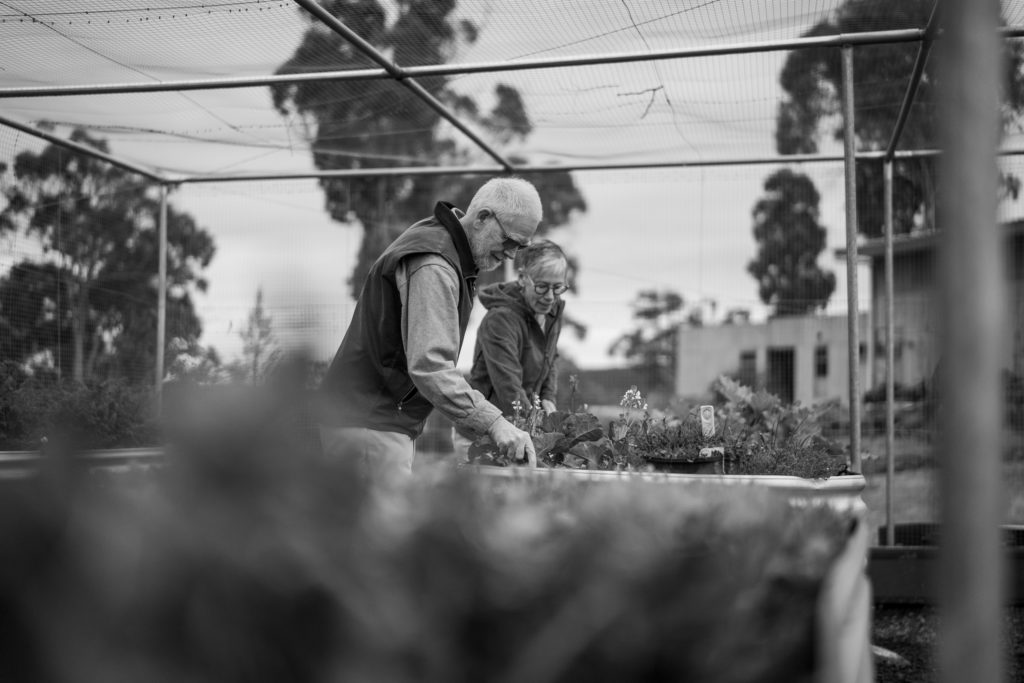
By Josh Cocker
Technically we are still connected to the grid, and that’s just because of our age, the security of that. But we never have to buy power — I think one quarter we bought $4 worth of power!
I’m a geologist. I spent eight years teaching at universities in North America and then joined one of the biggest oil companies in the world and worked in their research labs for years. We’ve known for a while that fossil fuels are a serious contributor to carbon emissions.
Wendy was a teacher and we lived in Canada and the United States and the Middle East. We’ve seen the world and what humans are doing to the planet.
My main interest continues to be geological. I have to balance my desire to go look at rocks all around the world with air travel. That’s difficult. At least at home we’re carbon neutral — no, carbon positive! We put more power into the grid than we ever use.
Our house is on a dolerite ridge looking west over Launceston. We can see from Tamar Island around to the airport, a 180-degree view. We’re right at the edge of the bush too, so it’s the best of many worlds.
It’s a German Passivhaus, which is very different to what Australians call a passive house. There are five major elements that need to be documented and tested before a house can be Passivhaus certified. We didn’t go all the way to certification, but we did the testing to make sure that it was up to snuff.
Firstly, a Passivhaus has an unbroken sheet, impermeable to moisture, under the plaster to keep moisture in the house and not escaping into the walls. On the outside, a semipermeable sheet (like Gore-Tex) under the cladding keeps the rain out of the wall, but allows water vapour to escape if moisture gets into the wall.
Secondly, when the house is so tight like ours, you need to have a system to bring in fresh air and take out stale air and moisture, a heat recovery ventilation system. It’s a big box with a whole lot of tubes running through the ceiling that delivers air to some points and extracts it from other points. Importantly, the incoming fresh air is heated by the outgoing warm, stale air.
The third thing you’ve got to have is thermally isolated windows: we have triple pane windows with wood on the inside and aluminium on the outside so there’s a thermal break. We never have any condensation in the house.
The next element is sufficient insulation all around.
And finally, thermal breaks. In the design of the house, you don’t want to have anything that goes from the inside to the outside, for instance a steel beam from the inside to a patio, or a concrete slab. That’s a great source of heat loss.
Our house and our lifestyle reflects a realisation of what the earth is facing at the moment in terms of carbon emissions. I really, really dislike the idea of building a house that’s only going to serve for fifty years or so, when you can build something that will last much longer and be comfortable to live in with lower heating costs. Both of us feel very strongly about carbon emissions and sustainability. We’ve got enough solar power there so that, when there are enough electric cars around to buy, we can deal with all our transport costs as well. Eventually that will be another aspect of our lives not contributing to carbon emissions.
